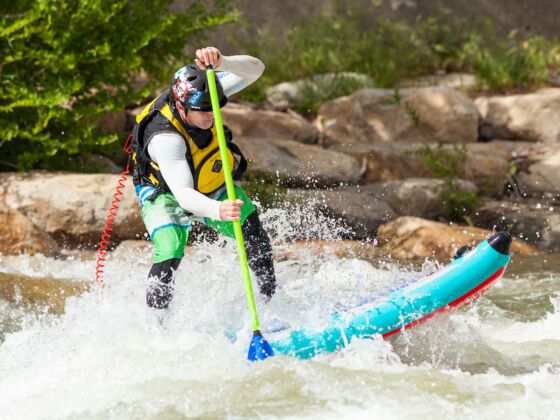MOST PEOPLE WHO don’t paddle associate kayaking with adrenaline sports.
And while there is undoubtedly that thrill-seeking element, once you really get into paddling, you’ll find that it’s more about gaining access to places you couldn’t get to otherwise.
This might be an isolated gorge like, a campsite on the bend of a high-desert river 50 miles from any trail, or even on the green face of a wave pumping right through the middle of your town.
And you’ll also learn how friendships and communities are built up around certain rivers and whitewater centers, and that extended families have created entire lifestyles around time spent on the water.
Beyond the quick rush of running a drop, paddling is something that unfolds over a lifetime.
Here’s how to get started:
